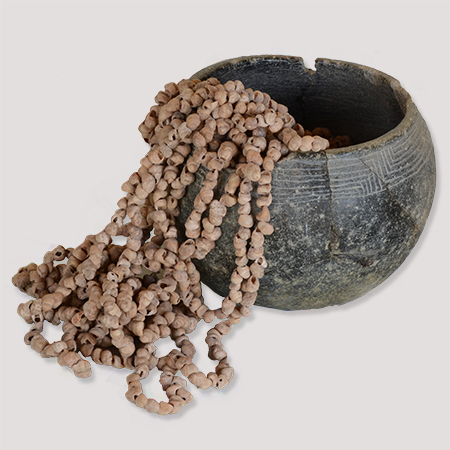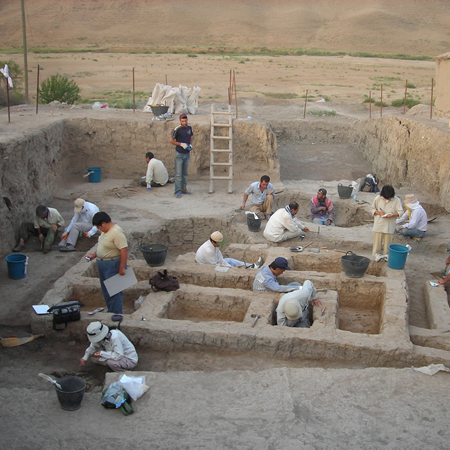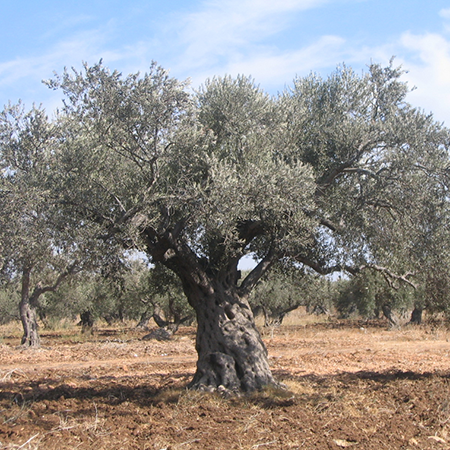MEXT Grant-in-Aid for Scientific Research on Innovative Areas (Research in a proposed research area) 2018-2022
While conducting archaeological excavations of the Neolithic sites in Anatolia and Mesopotamia (e.g. at Hasankeyf Höyük, Jarmo), archeological, archaeobotanical, archaeozoological, and environmental science research will be carried out relating to phenomena perceived as initial indications of urbanism (e.g., public buildings, mortuary rituals, long-distance trade and densely populated settlements) which had occurred prior to urbanization in West Asia.



As symbolically expressed by the terminology, “Neolithic Revolution”, the beginning of farming, has been generally considered to have prepared a social, economic foundation—a pathway leading to the formation of cities and states—and its significance was highly regarded. On the contrary, the Neolithic society itself has been seen as a relatively simple farming communities. However, due to developments in recent investigations such as at Göbekli Tepe, large public buildings and ritual centers were discovered to have existed at the beginning of the Neolithic. Furthermore, much of the recently uncovered archaeological evidence from this period has demonstrated developments in advanced craftsmanship, complex mortuary rituals, symbolism, and long-distance trade. These situations and the existence of large-scale settlements with a large population, otherwise known as mega sites, indicate these phenomena had occurred at the beginning of the Neolithic prior to the emergence of urbanized societies. This research project analyzes archeological materials on these “urban social aspects” of the Neolithic period and compares these situations with full-scale urban societies which emerged afterward to highlight their similarities and differences. Issues on sedentism are also considered, and the background of these issues is investigated in order to clarify how the complex society had developed.
Copyright © 2018 The Essence of Urban Civilization: An Interdisciplinary Study of the Origin and Transformation of Ancient West Asian Cities.